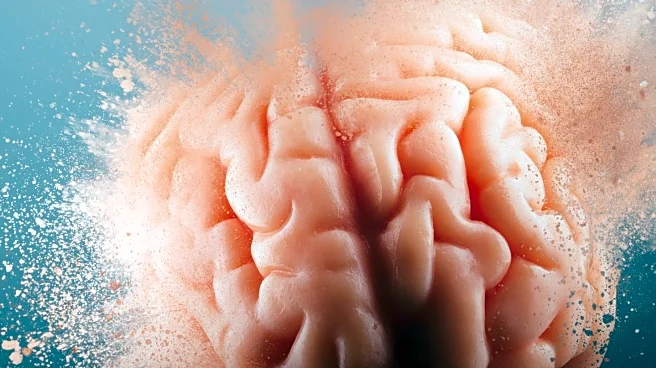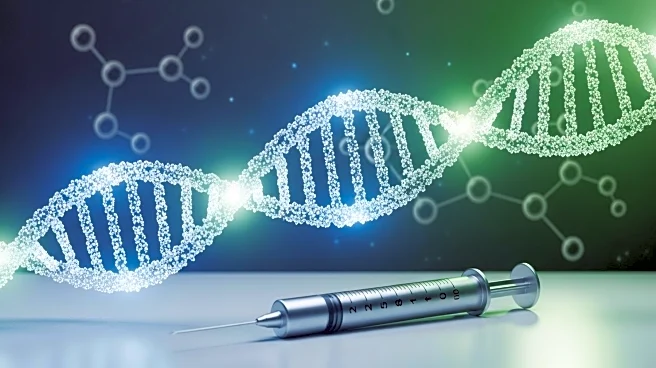What's Happening?
A study led by Charles Zuker at Columbia University has identified the bed nucleus of the stria terminalis (BNST) as a brain structure influencing food consumption. The research involved imaging mice brains while exposed to different tastes, revealing that neurons in the BNST are activated by sweet tastes. This activation increases food intake, suggesting the BNST integrates taste signals with hunger and nutrient depletion cues. The findings could inform the development of drugs targeting BNST neurons to manage appetite and improve weight-loss treatments.
Why It's Important?
Understanding the BNST's role in food consumption could revolutionize weight management strategies. Current weight-loss drugs like semaglutide interact with BNST neurons, and this research provides insights into enhancing their effectiveness. By targeting BNST neurons, new treatments could be developed to stimulate appetite in patients with severe loss of appetite, such as those undergoing cancer treatment. This discovery adds to the complex network of brain pathways influencing eating behavior, highlighting the need for multi-target approaches in weight management.
Beyond the Headlines
The study's implications extend beyond immediate weight management, potentially influencing long-term dietary habits and health outcomes. Ethical considerations arise in manipulating brain structures to alter eating behavior, necessitating careful evaluation of treatment risks and benefits. Additionally, cultural factors influencing diet and food preferences may interact with biological mechanisms, requiring a holistic approach to developing effective interventions.











